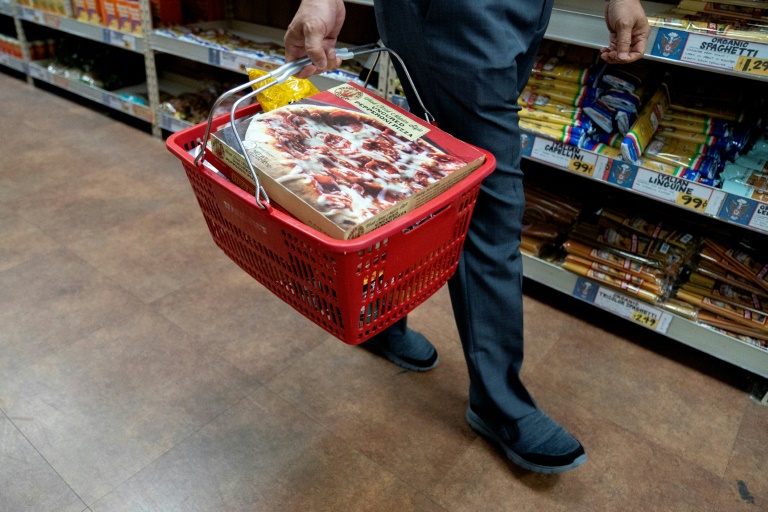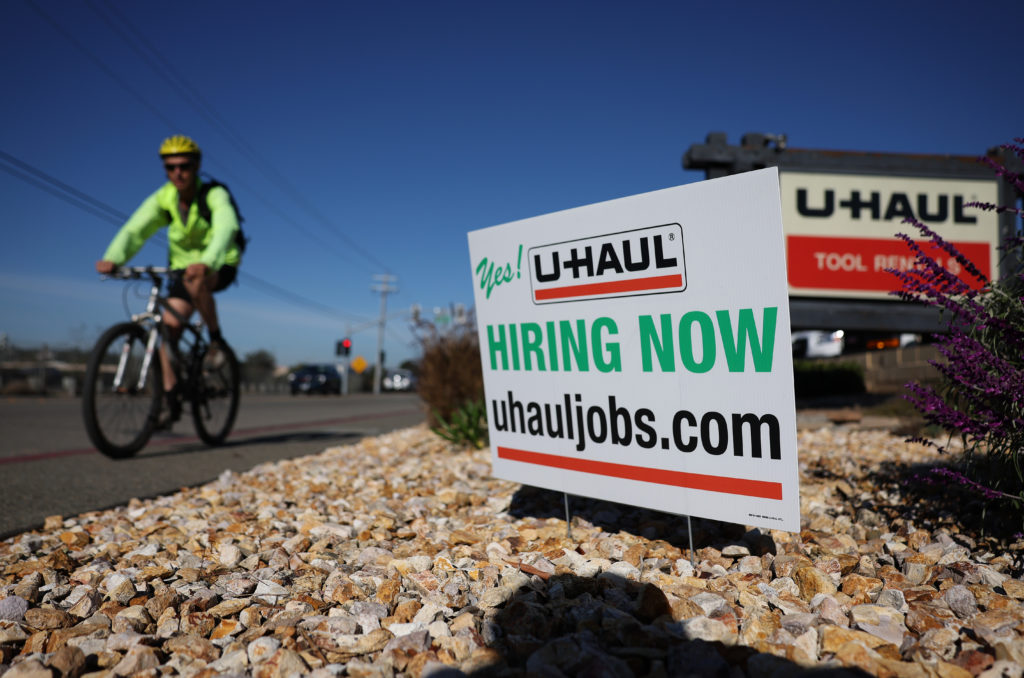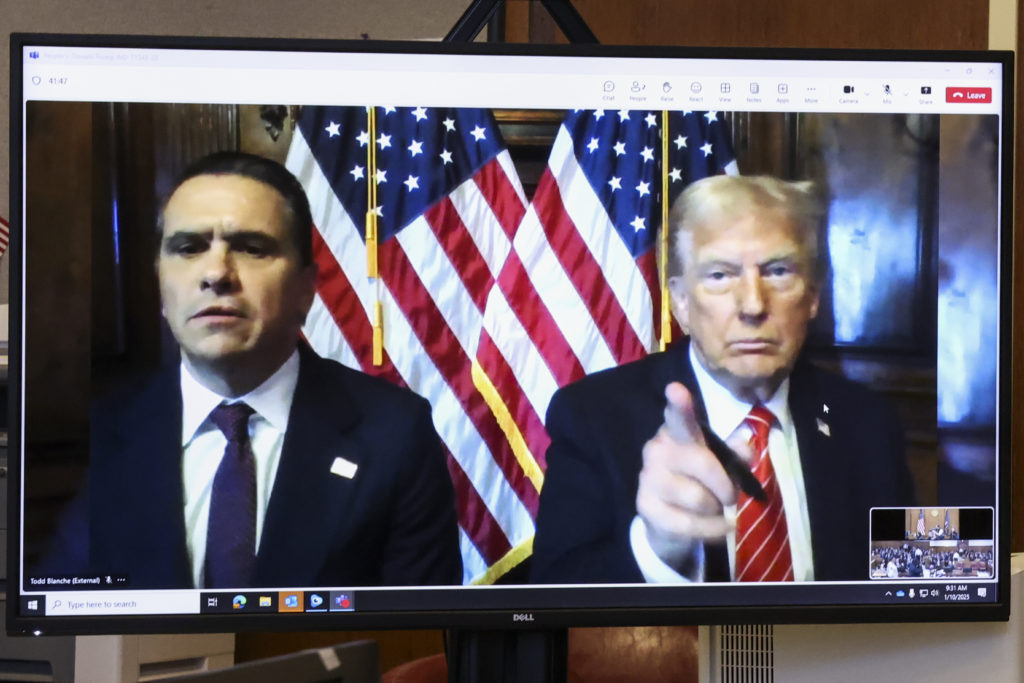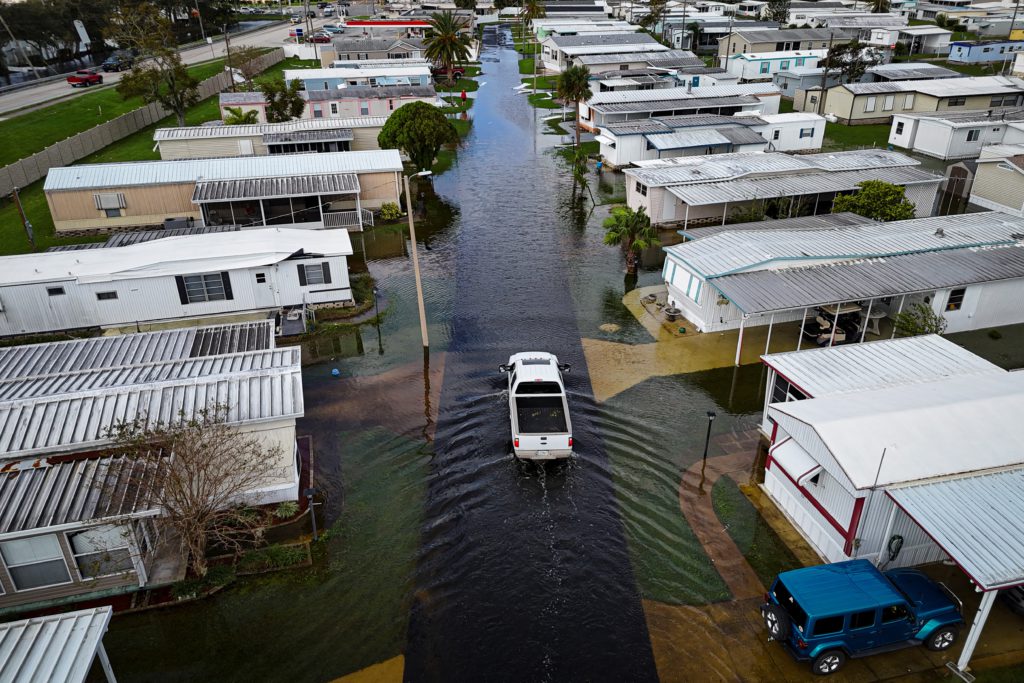US retail sales shot up one percent in June amid the ongoing surge in prices, according to new data Friday that spelled more bad news for the Federal Reserve as it struggles to rein in rampant inflation.
The data showed that after pausing in May, American consumers last month were still eating out and buying furniture and cars, even amid the fastest inflation in more than four decades.
That poses a challenge for the US central bank, which has been hoping to see more decisive signs that its aggressive interest rate hikes were starting to take the economy off the boil and tamp down high prices.
After total sales dipped 0.1 percent in May, they recovered with a vengeance last month and climbed to $680.6 billion, the Commerce Department said.
Record gas prices at the pump in June were a major factor, boosting sales at gasoline stations 3.6 percent in the month, and posting an eye-watering 49.1 percent surge over the past year, the report said.
But the data showed increases were widespread, and sales were still up 0.7 percent even when gasoline is removed from the calculation.
The Fed started raising the benchmark borrowing rate in March, and last month increased it by 0.75 percentage point, the biggest hike in nearly 30 years. But talk has now shifted to the possibility of a massive, full-point increase later this month.
Fed Governor Christopher Waller on Thursday said he could favor the mega step — which would be the biggest such move in four decades — if there were no signs of cooling in the retail sales data and the new home sales report due out in two weeks.
– Mega rate hike in play –
The Fed’s policy-setting Federal Open Market Committee is due to meet July 26-27 to debate the next move in its war on inflation.
Kathy Bostjancic of Oxford Economics said “Today’s strong report keeps the Fed in an aggressive policy tightening mode — the debate at the July FOMC meeting will be between a 75bps or 100bps rate hike.”
But she noted that, when adjusted for inflation — the report does not take into account rising prices — spending on goods appears to be slowing in the second quarter “but not contracting.”
“While consumer sentiment is very downbeat, it doesn’t mean they will stop spending,” she said, although they will shift spending more to necessities.
The report showed auto sales rose 0.9 percent in June, after a 3.4 percent drop in May, while furniture stores and restaurants saw sales rise one percent or more, and online sales gained 2.2 percent.
Grocery stores saw a 0.6 percent rise, slower than in the prior month.
Clothing and building and gardening stores were among the few categories posting declines, the data showed.
Neil Saunders, Managing Director of GlobalData, called it “quite remarkable that the consumer has not retrenched more” amid surging prices.
But he noted that “consumers did not buy more stuff in June – they bought less product but paid more for it. This is not a comfortable position.”











